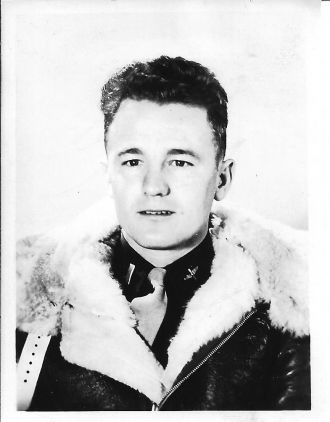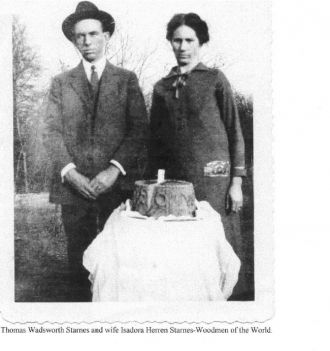Starnes Family History & Genealogy
Starnes Last Name History & Origin
AddHistory
We don't have any information on the history of the Starnes name. Have information to share?
Name Origin
We don't have any information on the origins of the Starnes name. Have information to share?
Spellings & Pronunciations
We don't have any alternate spellings or pronunciation information on the Starnes name. Have information to share?
Nationality & Ethnicity
We don't have any information on the nationality / ethnicity of the Starnes name. Have information to share?
Famous People named Starnes
Are there famous people from the Starnes family? Share their story.
Early Starneses
These are the earliest records we have of the Starnes family.

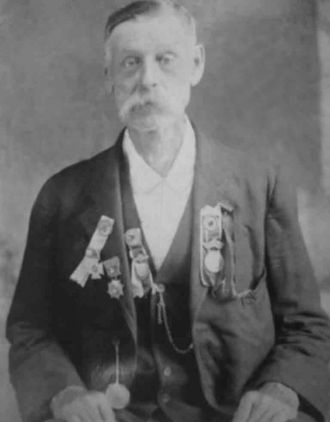
Starnes Family Members
Starnes Family Photos
Discover Starnes family photos shared by the community. These photos contain people and places related to the Starnes last name.
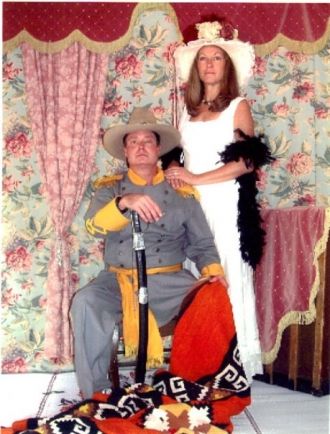

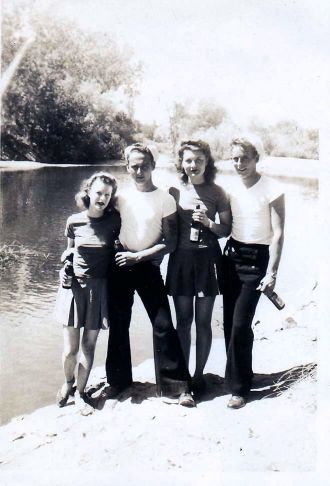
Would love to know who the two sailors are
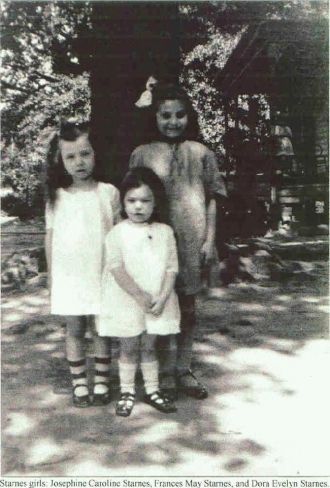
left to right. Josephine Caroline, Dora Evelyn, and in front Frances May.
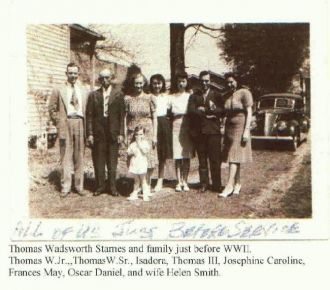
Pictured from left to right:
Thomas Jr., Thomas Sr. Idadora, Thomas III,Josephine, Frances, Oscar,and wife Helen.
People in photo include: Frances May Starnes and Helen Smith-Starnes

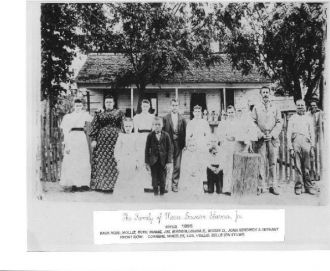
Arabell'Belle' was named after the Ship the Arabella that brought our Ancestors over to America in 1630 to Salem, Mass.
People in photo are in left to right order and front to back rows.
People in photo include: Mary Virginia"Mollie" Starnes, Ruth Elizabeth Starnes, "Minnie" Minisa A. Starnes, Moses James "Jim" Starnes, Margaret "Maggie" Starnes, Moses Dawson Starnes,Jr., Mellie Corrine"Correne" Starnes, Erastus Wheeler Starnes,Jr., Emmie Louise "Lou" Starnes, Hollie Kendrick "Hollie" Starnes,Jr., and Arabell "Belle" Starnes,Jr.
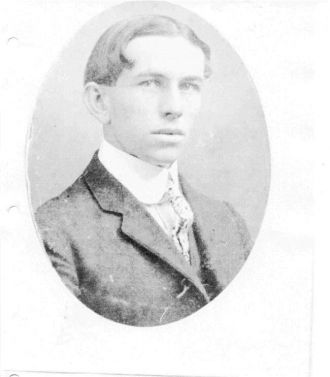

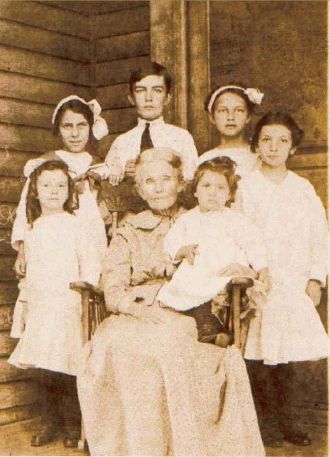
People in photo include: Josephine Caroline (Wadsworth) Starnes

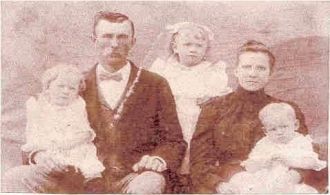
People in photo include: John Hadley Starnes and Mary Ann (Weeks) Starnes
Starnes Family Tree
Discover the most common names, oldest records and life expectancy of people with the last name Starnes.
Updated Starnes Biographies




Popular Starnes Biographies











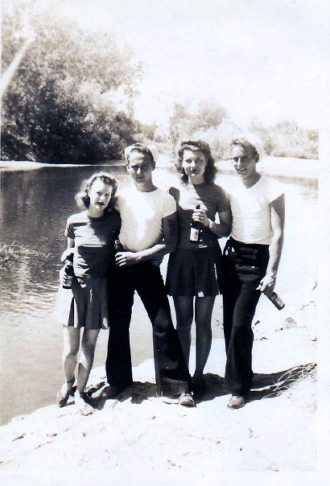
Starnes Death Records & Life Expectancy
The average age of a Starnes family member is 71.0 years old according to our database of 5,010 people with the last name Starnes that have a birth and death date listed.
Life Expectancy
Oldest Starneses
These are the longest-lived members of the Starnes family on AncientFaces.
Other Starnes Records
Share memories about your Starnes family
Leave comments and ask questions related to the Starnes family.
 Debi Powell
Debi Powell The group is SFA- Stearns Family Association. Bryan Stearns is the admin.
It was Dec. 7th, 1941 when the Starnes family was sitting around the table in the kitchen listening to the radio when news of the bombing of Pearl Harbors was all over the air waves. My mother, Josephine Caroline Starnes was a young woman who was working for Southern Bell Telephone co. at the time in Jackson,Mississippi. She and a few other friends of hers signed up to enlist in the Army. At the time she was 20 years old. When she did get ther orders in November 1942, she was to report to Camp Shelby for physicals and such. She got orders in January 1943 to report to Daytona Beach, Florida for basic training. At the time it was Women's Auxiliary Army Corps, not full time regular Army. After completion of basic training, she was sent to Camp Polk, Louisiana for administrative combat training. This didn't mean training to fight, but to serve in combat areas. Overseas duty at that time was by request-they weren't sent automatically since they were still Auxiliary, not regular Army.
After training at Camp Polk, she was then told of new orders to Fort Devens, Massachusetts and went by rail. It wasn't a luxury train. It was very crowded with no sleeping cars. They also slept sitting up and they also had KP in a big baggage car.
At Fort Devens they had further over-seas training, which included many field marches and gas mask training. They also had language training in French, German, Russian, Italian, and some Japanese. This was primarily for simple use such as money directions, and just simple everyday conversations. They had no idea where they might be goind, but were being prepared for any eventuality.
After training at Fort Devens, she went on to Camp Patrick Henry, Virginia. There on August 13,1943,she chose to stay and was sworn in into the regular Army, changing from WAAC to WAC. At last she got her orders that they were leaving and went to Camp Kilmer, New Jersey where she was issued her olive green drabs. She was issured a canteen belt, pistol belt, and other equipment which she had to carry on just like the guys. Alos she was issured a life belt which she had to carry at all times. They left at night and trucked into Staten Island and boarded a ship called the Santa Maria of the Grace Lines. It had been converted into a troop ship. They were 15 to 20 girls per cabin. It was early morning when the ship set sail past the beautiful Statue of Liberty. Her shipboard journey lasted 14 days zigzagging several times to avoid German submarines, which they didn't know about until later.
She disembarked at Oran, Algeria,North Africa and boarded a 2 1/2 ton truck for a wild ride through the city to the railroad station. At the station they boarded a quaint little French train and left Oran for Algiers.
Later they learned the convoy of ships they had traveled on was severly attacked just outside the harbor of Oran that night, as was the city itself. It was the first bad raid Oran had had for a while.
Finally they arrived in Algiers early the next morning. The women were housed in St. Elizabeth's convent that was converted into their billet. St. Elizabeth's was built into the side of a hill. They could go into the garden or onto the rooftops and look out onto much of the city. They could observe the daily routine of the Arabs(Islamic)go to the rooftops with their prayer mats and start their prayers and worship daily.
After being settled in, she finally went to Allied Force Headquarters to do her job as a long distance overseas operator on the switchboard.The code name for her switchboard was "FREEDOM".
The war was primarily to Sicily and Italy, but the Germans still would attempt to bomb the harbor in Algiers nightly.Algiers was the prime supply base for Italy.
While in Algiers, Josephine found out that her father, my Granddaddy, also known as Papaw died. It was Oct. 11, 1943. The way that mail was running during the war, she didn't get the information in time of his illness. One letter said he was getting better, then the next would say he was worse. So by the time she actually found out, he had been dead and buried for two months.
They would take day trips to Blida in the mountains outside of Algiers for R&R. It was snowing at the time and they would just let loose and play.
In June after the first contingent of WAC's in Algiers moved to Italy with the 5th Army.
It was August 1944 when she finally moved to rejoin Allied Force Headquarters up in Italy. She arrived in Naples. Taking a 2 1/2 ton truck and 35 mile drive drove to Caserta, Italy, the new home of AFHQ.The headquarters was based in Palazzo Reale-summer palace of one of the princes of Italy.This had been headquarters for 5th Army Forward Echelon (including WAC detachments)fought up to the beaches of Anzio, Cassino,and on up to Florence and Leghorn, which is where they were when she arrived in Italy.
After working for a while in Caserta, her Capt. asked her if she would like to transfer to 5th Army in Florence. She accepted and left to join the Forward Echelon in Traversa, which is about 25 miles north of Florence in the Futa Pass. She was to fly to Naples to Florence. It was the first time she ever flew on an airplane. There was a GI who talked her through the flight. He was telling her all the landmarks as they flew so she wouldn't be too afraid.
She arrived in Traversa to start working at 5th Army switchboard.
One day her and a friend were walking down the main north-south road to their mess tent when a German plane starting to strafing the road with machine gun fire. She and her friend, Norma made a mad dash to get off the highway into the brush and landed in mud made from the run-off from the shower tent. They looked up and saw their antiaircraft making such a beautiful show in the air over them. Finally the German plane was gone. They don't know if the GI's got the German or not, but she was so mad that her brand new silk hose were ruined.She had just received them from back home. The Army issued a heave cotton lisle-nylon.
Many mornings she and the other girls had to shovel snow from in front of their tents just to get out and get to their jobs, and to get kindling wood for their pot belly stove for a fire.
In Feb. 1945, the girls gave her a supprise birthday party and had the local women prepare Italian dishes for her and gave her a robe.
They waited tensely for a break, and everyone was anxious to finish the job. Finally in April 1945, it came. Early in the morning of April 14, wave after wave of bombers flew up from the south. It was the most beautiful sight that seemed to go on forever. The front line division was moving so rapidly, and constantly shifting positions, that they only had intermittent communications with so many of them.Certain units maintained radio silence, but set up dummy command posts where they received dummy messagaes.The real headquarters handled all real communications by wire.
On April 29, 1945, emissaries of the German High command in Italy, after much haggling signed the papers in the Royal Palace in Casserta, headquarters of the Allied Forces. It was stipulated that the surrender should become fully effictive, May 2nd.
When the end was announced, the U.S. planes flew and dropped over their troops the news making headliners on the front page of the "Stars and Stripes".
On April 25, 1945, the Forward Echelon of 5th Army started moving. Once more Josephine was riding on 2 1/2 ton truck to head out. They drove through Bolgna, Italy. It was amazing! Everywhere you could see distruction, disabled trucks, tanks, and dead mules which the Germans used since their equipment was pretty much distroyed.
Bolgna was a huge rail center and it was beyond belief to s
Followers & Sources







